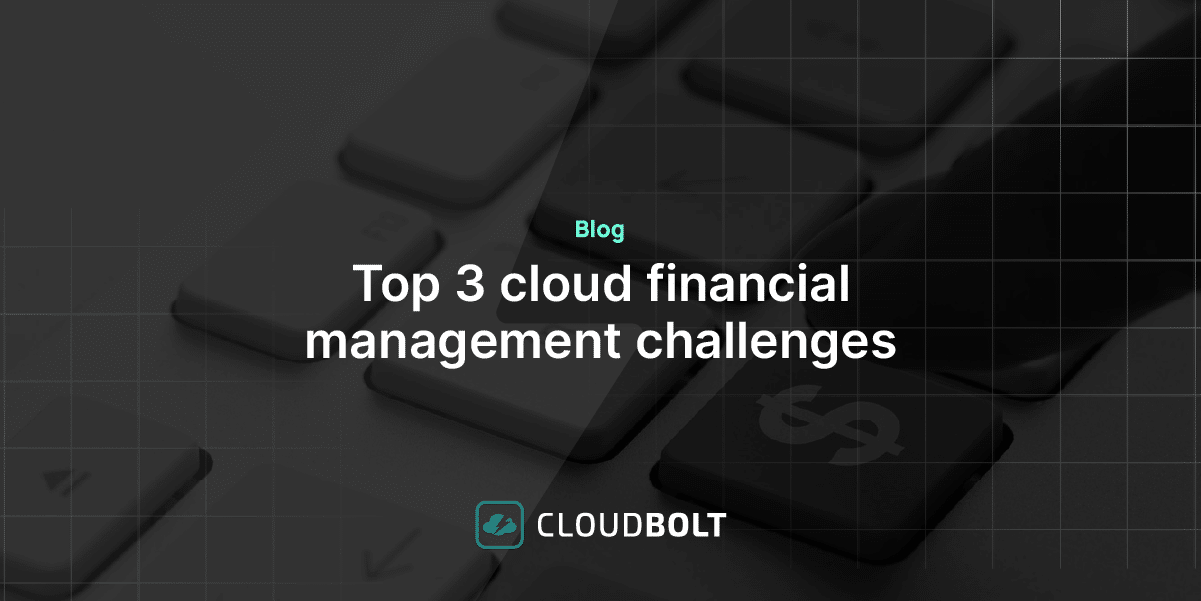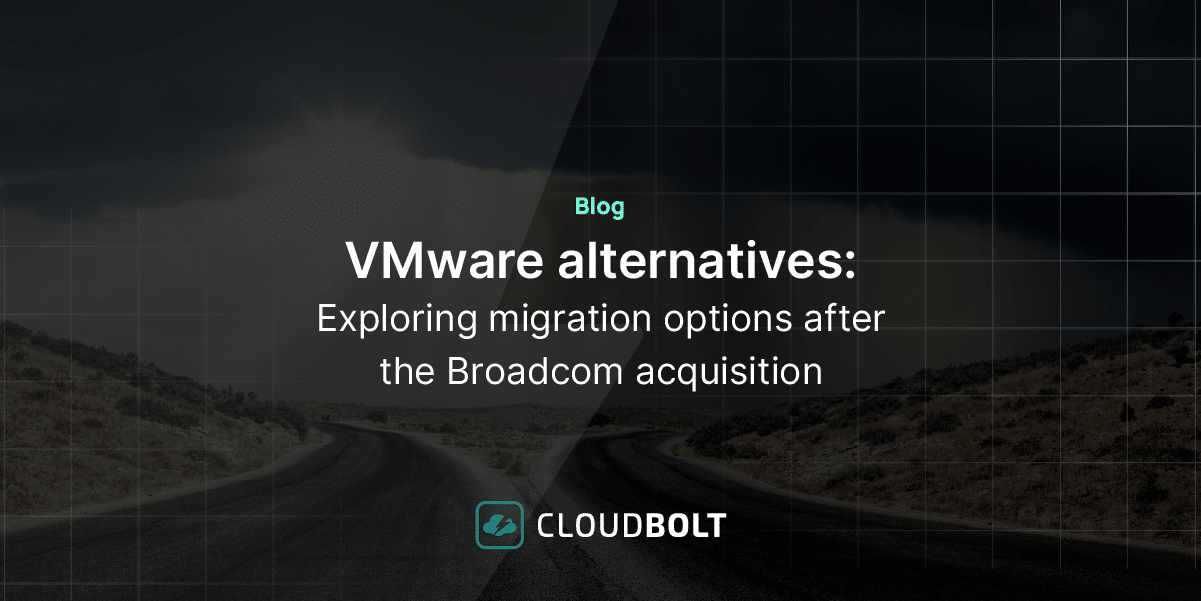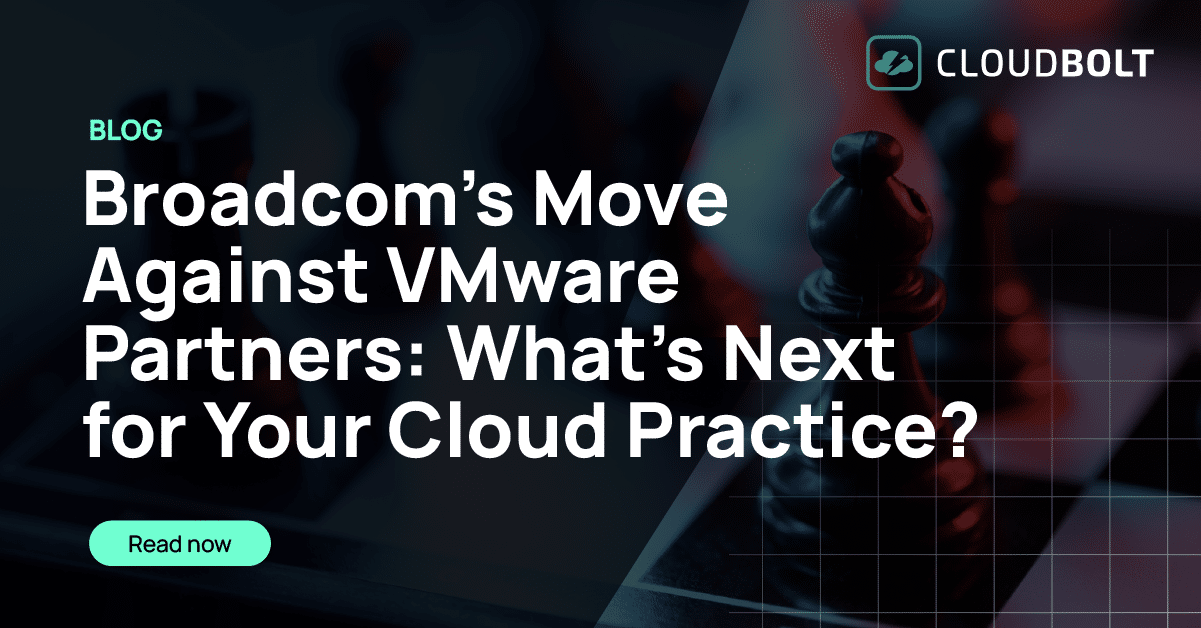
Multi-cloud management can come with a lot of challenges. But multi-cloud can work when enterprises get the basics right. There is a myriad of reasons for pursuing a multi-cloud strategy. Key among them is the redundancy it introduces against outages and the optimization of storage costs. It also allows for performance optimization where applications run where they’re best suited. Another area where enterprises benefit is avoiding vendor lock-in.
Sometimes, circumstances force enterprises into the multi-cloud. For instance, during an acquisition or merger, a company has to accommodate the IT systems of the acquired company. Whether it’s strategic or a necessity, it’s important to have a grasp of the keys to multi-cloud management success. Here are the top five.
1. Come Up with An Access Control Plan
Security is the most important component of your multi-cloud strategy. Any connective areas between clouds are usually susceptible to breaches and should receive special attention. Make sure systems can authenticate system users, conduct change management and logging, and use role-based access control to manage logins. They should also facilitate multifactor authentication.
To achieve this, you can use an identity provider platform that has multifactor authentication. The platform should support federation and/or integration with both on-premises deployments and the multi-cloud. It enables you to centralize the management of access and identity management policies. Also, putting in place conditional access policies can help strengthen the enterprise’s security standing.
2. Automate
You can save massive amounts of time by automating cumbersome tasks in the multi-cloud. Some of the tasks include vulnerability scanning, networking, and patching. Other than saving time, you also get to minimize human errors and free up staff to handle revenue-generating tasks.
Cloud providers offer scripting tools for automation. But you should consider using a third-party tool, such as CloudBolt. It’s more extensive and works seamlessly across different clouds. For greenfield environments, you should use serverless or container technologies. CloudBolt has the tools needed to manage both brownfield and greenfield environments. Moving workloads between clouds becomes much easier since applications are mobile and self-contained.
3. Understand Cloud Resiliency
Have a disaster recovery plan in place for all data and applications. You can do this by introducing failover in cloud-to-IaaS (Infrastructure as a Service). You can also introduce cloud-to-cloud, co-location, back up as a service, or disaster recovery as a service.
You should tie everything together – all data locations and tasks – in tandem with a long-term organization-wide strategy. You must have the right architecture and consistent testing to facilitate travel between cloud environments. Use cloud-native VPNs or private connectivity options.
To deploy a resilient architecture, you must have a firm grasp of cloud networking.
4. Use the Right Interface
You need a single pane of glass to gain visibility into all cloud environments. This is key to streamlining the management of the multi-cloud. Choose a tool that can integrate all your cloud environments into a single view. This will simplify management and provide real-time monitoring and orchestration. Use third-party tools for this.
5. Observe Compliance Requirements
Failure to meet compliance requirements can result in lawsuits, fines, and lost business. When the auditors come knocking, you should be in a position to prove your organization is compliant. Some compliance requirements demand that some data shouldn’t leave the country.
Understand the compliance requirements of your industry and take the necessary steps to meet them.
See how CloudBolt can help you get the most out of your cloud fabric.
Related Blogs

Top 3 cloud financial management challenges
Introduction As cloud costs continue to rise, comprising an ever-larger share of IT budgets, there is increasing executive scrutiny on…

